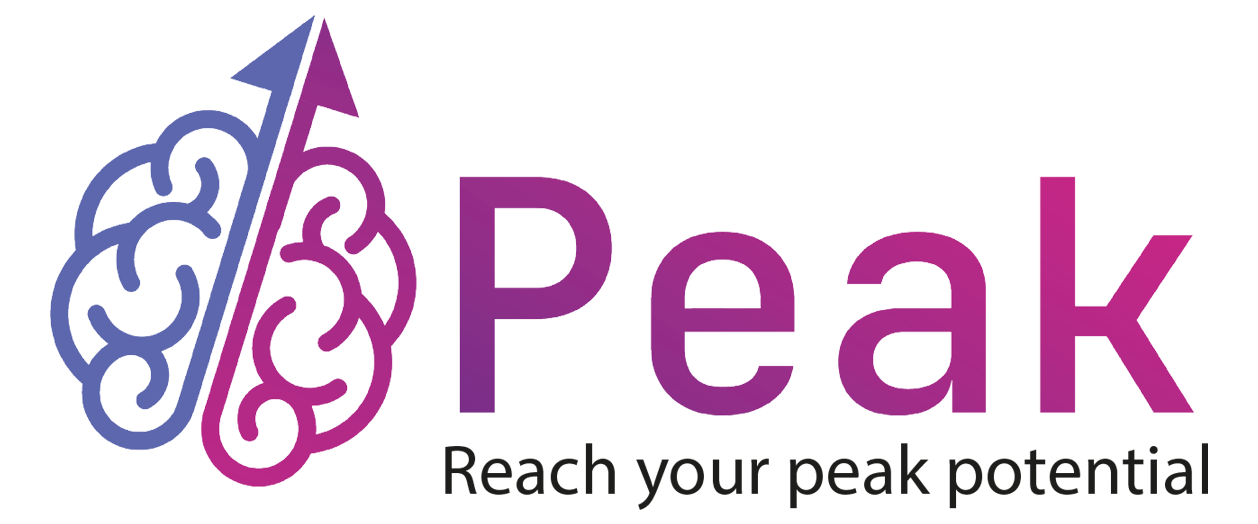Neurofeedback therapy is an advanced form of brain training that is gaining popularity for its ability to improve mental health, enhance cognitive performance, and even aid in the treatment of neurological disorders. But what exactly does neurofeedback therapy do, and how does it work? In this post, we’ll explore the science behind neurofeedback, its benefits, and real-world examples of how it helps individuals improve their mental and emotional well-being.

Understanding Neurofeedback: How Does It Work?
At its core, neurofeedback is a form of biofeedback that uses real-time data from brainwave activity to help individuals regulate their brain function. Electrodes are placed on the scalp to measure electrical activity in the brain, and this information is displayed visually or audibly, allowing the individual to see how their brain is functioning at any given moment. The goal is to train the brain to enter more optimal states, such as improving focus, calming anxiety, or enhancing mental clarity.
The brain operates in different brainwave states, including alpha, beta, theta, and delta waves, each of which is associated with specific mental states:
- Alpha waves are linked to relaxed focus.
- Beta waves are associated with active thinking and concentration.
- Theta waves relate to deep relaxation and creativity.
- Delta waves are connected to deep sleep and recovery.




During a neurofeedback session, clients receive feedback based on their brainwave patterns, guiding them to self-regulate and reach optimal brainwave states. Over time, this leads to long-term changes in how the brain functions, improving overall mental health and performance.Learn more about how neurofeedback works at Peak Centers.
What Conditions Does Neurofeedback Treat?
Neurofeedback therapy has proven effective for a wide range of conditions and goals, from improving mental health to enhancing peak performance. Below are some of the most common applications:
- ADHD: One of the most researched areas for neurofeedback, ADHD patients benefit from better focus, reduced impulsivity, and improved attention span after consistent neurofeedback training. A 2020 study found that neurofeedback was as effective as stimulant medications in managing ADHD symptoms.

- Anxiety and Stress: Neurofeedback helps individuals train their brains to shift from a state of hyperarousal (commonly associated with anxiety) to a more relaxed and calm state. This has been shown to significantly reduce symptoms of generalized anxiety disorder (GAD) and stress.

- Depression: By training the brain to increase alpha brainwave activity and reduce overactive beta waves, neurofeedback can help alleviate symptoms of depression. Research suggests that neurofeedback is especially effective when used alongside traditional therapy methods such as cognitive-behavioral therapy (CBT).

- Sleep Disorders: People suffering from insomnia or other sleep disorders can benefit from neurofeedback by learning to regulate their brainwaves associated with relaxation and deep sleep. Improved sleep patterns often result in better overall health and mental function.

- Peak Performance: Neurofeedback isn’t just for mental health—it’s widely used to optimize cognitive function in athletes, executives, and creatives. For instance, neurofeedback helps athletes improve focus, reaction times, and stress management, giving them a competitive edge. Learn more about Neurofeedback for peak performance.

Examples of Neurofeedback in Action
1.Mental Health :
One case study from Peak Centers involved a client with severe anxiety. After a series of neurofeedback sessions, the client reported feeling calmer, more centered, and able to handle stress more effectively. By retraining her brain to reduce high-frequency beta waves, she was able to manage her anxiety without relying solely on medication.more about Neurofeedback for mental health.

2.Peak Performance:
In elite sports, neurofeedback is used to enhance mental resilience. For example, during the 2006 World Cup, the Italian soccer team utilized neurofeedback to stay focused and calm under pressure, contributing to their victory.
Similarly, professional athletes such as Formula 1 drivers Sebastian Vettel and Charles Leclerc have integrated neurofeedback into their training routines to help them remain focused at speeds of up to 200 mph, as discussed in a Formula 1 feature.
In high-stress environments like Formula 1 racing or professional football, neurofeedback helps athletes stay calm, make split-second decisions, and avoid mental fatigue, giving them a distinct advantage over their competition. more about Neurofeedback for sports peak performance.


Is Neurofeedback Just Meditation?
While neurofeedback and meditation share some similarities, they are fundamentally different. Meditation is a mindfulness practice that often involves relaxation and awareness techniques, while neurofeedback is a scientific method that measures brain activity and provides real-time feedback to help the brain self-regulate. Think of neurofeedback as a personalized training session for your brain, where you receive targeted feedback based on your unique brainwave patterns.
In fact, many people who meditate regularly find that neurofeedback helps them deepen their meditation practice, as it improves their ability to enter calm, focused states more quickly. However, neurofeedback is a more structured, data-driven approach designed to create measurable changes in brain function over time.
How Long Does It Take to See Results?
The number of sessions required to see results varies depending on the individual and the condition being treated. Typically, clients start noticing changes after about 10 to 20 sessions, although some may experience benefits sooner. For conditions like ADHD or anxiety, long-term changes often become evident with consistent treatment over a few months. Athletes and high performers may experience quicker results as neurofeedback helps them enter optimal mental states faster.
At Peak Centers, we tailor Neurofeedback treatment plans to each client based on their specific needs, goals, and assessments.Schedule a consultation to learn more about how neurofeedback can
benefit you.

Conclusion: Neurofeedback is a Powerful Tool for Mental Health and Performance
So, what does neurofeedback therapy do? In short, it trains the brain to function more efficiently, whether you’re looking to improve focus, reduce anxiety, or optimize performance in sports or business. By learning to regulate brainwave activity, neurofeedback can lead to long-lasting improvements in mental and emotional well-being.
Whether you’re managing a specific mental health condition or seeking a competitive edge in your field, neurofeedback offers a natural, non-invasive way to enhance your brain’s capabilities. Ready to experience the benefits of neurofeedback? Contact Peak Centers today to schedule your first session and start your journey toward better brain health.



